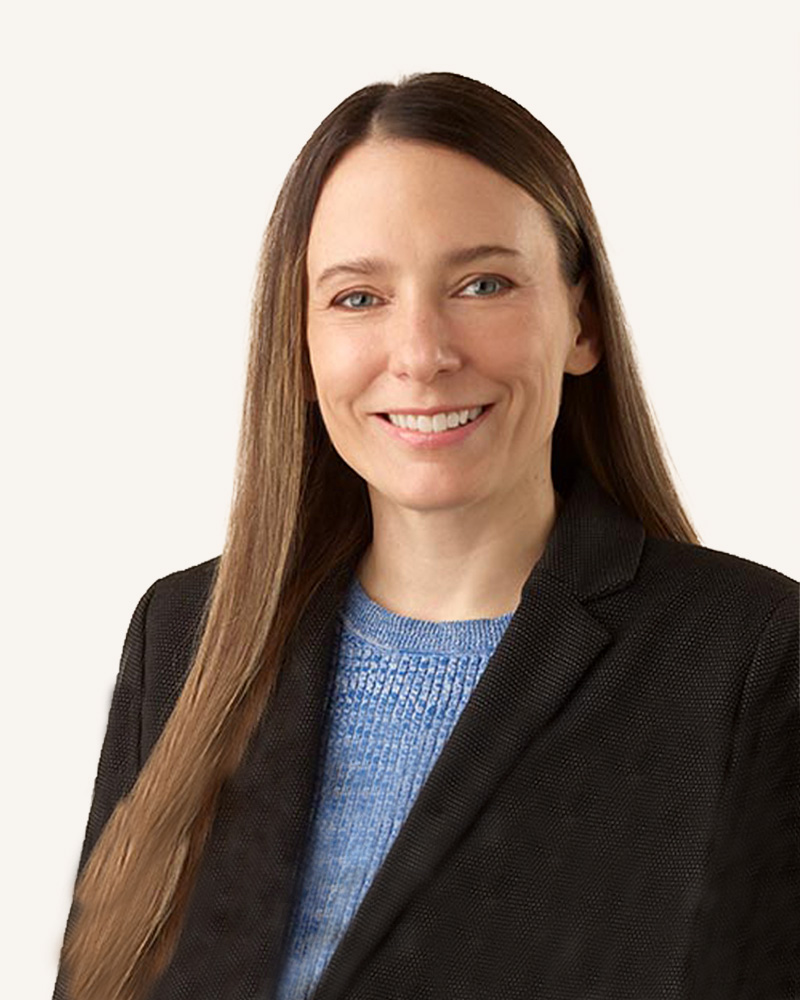Are You Ready for the Impact of Tariffs on Your Projects?
Every architect knows that uncertainty is the enemy of a well-planned project. And yet, here we are — once again caught in a trade war with the United States. Constantly shifting tariff threats and policy changes are creating instability in the construction industry. Rising costs and supply chain disruptions could potentially lead to project delays or cancellations on both sides of the border.
These are all factors that can lead to claims.
The good news? You can take steps now to mitigate risk and protect your practice. Here are nine key risk management strategies to help you navigate these turbulent times:
1. Communicate Effectively
Risk management starts with clear, proactive communication. Initiate conversations with your clients about potential tariff-related challenges and project risks early on. Transparency fosters trust and collaboration, helping to prevent potentially costly misunderstandings before they arise.
2. Document Everything
Tariffs can and will drive up project costs, cause delays and lead to unforeseen changes – all of which can escalate into disputes. Treat every project as if it could face a claim, and maintain meticulous records of meetings, site visits and other communications. A well-documented project history can be your best defence in case of legal disputes.
3. Review Construction Contracts
Review each construction contract to clearly understand who bears the risk of tariff-related cost increases, for all of your projects. Your client may need to consult legal counsel to carefully draft contract language on how cost fluctuations and delays will be managed, particularly for projects in the procurement or tender stages. Transparency is key.
4. Review Client-Architect Agreements
Similarly, your own agreements with your clients should reflect potential volatility, clearly addressing how you will be compensated for extra work in respect to any potential delays, suspensions, substitutions, re-designs and value engineering changes due to tariffs. Now is the time to start using industry standard contracts such as OAA 600 and consult with a lawyer to review any amendments to industry standard language. Clarity now, prevents conflict later.
Read Why architects should use OAA Contracts and Client Management as a Risk Management Strategy
5. Stress-Test Cost Estimates
In a time where material and product costs may fluctuate rapidly, previously completed cost estimates may no longer be reliable. If your project is still in the design phase, consider notifying your clients about potential pricing volatility and the importance of working with cost experts familiar with the tariff impacts, to reassess existing estimates and provide advice, in addition to providing recommendations on increasing project contingencies. It may also be prudent to plan for more frequent project cost updates to stay informed on tariff fluctuations.
6. Be Cautious with Substitutions and Design Changes
Tariffs may also render certain specified products and materials cost-prohibitive or unavailable, and you may be asked to consider alternatives or substitutions. Maintain your professional standards and duty of care when evaluating the appropriateness of substitutions. See Pro-Demnity’s article Dealing with Substitutions to Your Design.
Also consider using downtime to conduct your own research on local materials and products, and other innovative methodologies. And while this is an admirable pursuit, avoid untried and untested materials, products and methodologies, and clearly communicate any risks.
7. Prepare for Supply Chain Disruptions
Tariffs can disrupt supply chains, which in turn can derail project schedules. Discuss potential impacts and strategize contingency plans with the project team early on. The design or construction team may consider identifying early procurement opportunities, where they may be beneficial to the project. Contractors may consider stockpiling critical materials. Whatever strategy the project team adopts, ensure decisions are well-documented and stakeholders remain informed, and kept up to date on risks.
8. Address Schedule Delays Head-On
In contract administration, closely monitor the contractors’ compliance with their contractual construction schedule submission requirements, including any required monthly construction schedule updates. Insist on regular meetings with the contractor and owner to discuss any changes in the critical path, and any potential impacts of tariffs.
Your client may also consider retaining additional experts during construction to monitor the construction schedule and to track the impact of tariffs on schedule and cost. An informed team means fewer surprises.
9. Stay Informed
Trade policies are shifting fast, and what’s true today may not be tomorrow. Stay updated on tariff developments through industry organizations, regulatory bodies, cost consultants, legal experts and other specialists. Knowledge is power—use it to stay ahead.
The Bottom Line
The current trade war presents new challenges, but with strategic planning, you can help to safeguard your practice and projects in future claims. Taking proactive steps now will help mitigate risk and position you as a leader in navigating these uncertainties.
For more personalized architectural practice risk management advice, you may request a complimentary and confidential meeting to Speak with an Expert or Report a Claim.
Our Contributor

Leslie Parker, M.Arch, OAA, MRAIC, is an experienced architect with extensive knowledge in contract administration and project management of large teams, as well as deep expertise of built environments for healthcare, long-term care homes, and design for seniors. As Senior Architect, Risk Services at Pro-Demnity, she monitors new developments in the profession and leverages this knowledge to contribute to the research and development of Pro-Demnity’s risk education material, initiatives and programs, while offering relevant and timely one-on-one risk guidance to architects. She is a licensed Ontario architect, with a BA from St. Thomas University, Fredericton, New Brunswick, as well as a Bachelor of Environmental Design Studies and Master of Architecture from Dalhousie University, Halifax, Nova Scotia.

